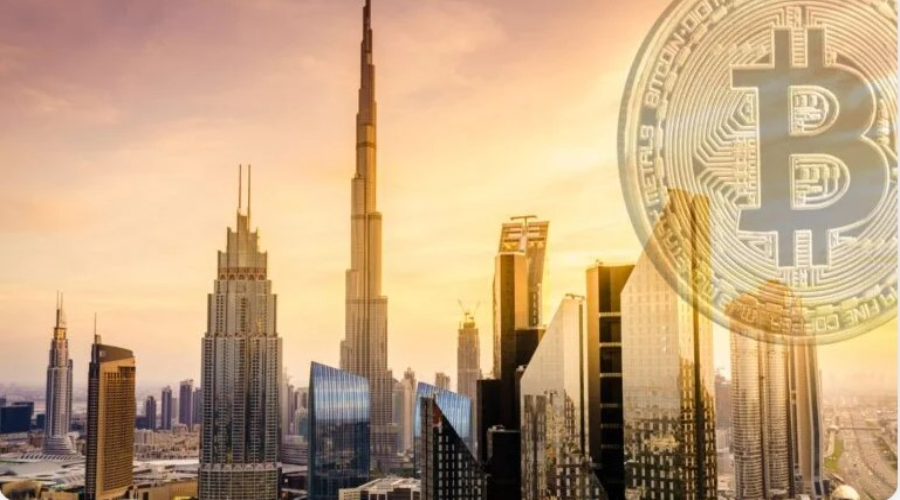Finally, it is appropriate to say it. Finally Taranto – the ancient Taras, the “City of the two seas”, the capital with one of the most beautiful archaeological museums in Italy, the MarTa, and a wonderful but decadent old town – try to get out of the way dead end in which the events related to its industrial center have relegated it, to return to its true and innate vocation: the tourism.
To help each other in this almost cruisian mission – Taranto has always been the less showy of the three most famous Apulian sisters: the other two, Bari e Lecce, have put in their pockets remarkable tourist results in the last years pre-Covid – the upper-Salento city relies on the sea, the element that more than any other defines its DNA, opening the Gulf to large ships, business than elsewhere (read Venezia) causes institutional stomach ache but which here, today, seems to be the flywheel to get out of a stalemate that has lasted too long.
It is with these assumptions that the MSC Seaside – the largest passenger ship ever built in Italy, as well as the second unit (the first is the Great) of the MSC fleet to take back the waters of the Our sea after the long stop imposed by the pandemic – it enters the port of Taranto on a sunny morning in early May. A passage that will be repeated every Wednesday until November, within an itinerary that also includes Genoa, Syracuse, Valletta (Malta) e Civitavecchia.
After the anchor has been lowered, aboard the Seaside is a chase of badges and ties. Parade for the traditional ceremony of the «Maiden Call“(In naval jargon, the rite that celebrates the first arrival of a ship in a port) the main city authorities and institutions, from Prefect Martino to Mayor Melucci, and then presidents, commanders, captains of vessels, Chiefs of Staff, colonels , Quaestors and CEOs. There are the maritime honors of the house Marco Massa, the commander of the Seaside, and Leonardo Massa, Managing Director of MSC Cruises, who explains the genesis and prospects of the unprecedented strategic collaboration between MSC and Taranto: “This city and this region offer a wide choice of excursions that will allow our guests to discover the beauties of a territory single. There will be visits to historical and archaeological sites, to important museums, without neglecting breathtaking views and the opportunity to taste the flavors of local gastronomy. For the first time in Europe, moreover, we provide for our guests the opportunity to spend a relaxing day on a wonderful beach reserved for them ».
While waiting for the opening of the beach, we try our hand in the only possible excursion on site at the moment, that of the city center. It starts from New village – which for the occasion has been partially cordoned off, so as to allow cruise passengers to move safely and comfortably – guardian of the Church of the Carmine, historical fulcrum of the Tarantine Holy Week rites and the imposing, eighteenth-century Office building, for too long stuck in a spiral of bureaucracy that is slowing down its restoration. Not far away, the two symbols of the city emerge: the bridge of San Francesco di Paola, which the people of Taranto call «swing bridgeFor its ability to open itself to the passage of ships, and the Aragonese castle, whose towers mark the border between the mainland and the Borgo Nuovo on one side, the artificial island of Old village on the other. It is here, in the old town, embalmed between old buildings inhabited by fallen nobles (a special mention deserves the Ayala Valva Palace, currently closed, in anticipation of becoming a tourist-accommodation facility) and twisted streets led by stray cats, Apulian tuff houses and churches such as the Cathedral of San Cataldo (the internal chapel is marvelous, known as the «Cappellone», a triumph of frescoes and polychrome marbles) which hides the most mysterious and fascinating soul of this semi-sleeping city. Precisely what the administrations would like to sprinkle with initiatives such as the recent announcement “One euro houses»: The aim is to attract international investors willing to buy historic properties at a symbolic price, with the agreement to invest in a subsequent renovation.
Of course, there is still a long way to go to Taranto. At the moment, the pandemic has blocked part of the ongoing projects, nor can it be hoped that large ships alone will contribute to resolving the local socio-economic dynamics, especially in this anomalous historical juncture: on the Seaside, for example, there were a thousand people compared to to a total capacity of 5,000 passengers; moreover, no one among the hikers can leave the group and enter the bars or shops, thus putting their hand to the wallet. The MSC protocol is unlikely to be loosened; more likely, epidemiological data permitting, that disembarking tourists will soon be given the opportunity to take advantage of further experiences that would be a small breath of oxygen for the whole province of Taranto. Among these, the visit of Grottaglie, the city of ceramics, and its neighbors Ostuni, Matera e Alberobello.
MSC summer 2021
For the summer of 2021 MSC Cruises offers itineraries on board ten different ships, four of which will visit the Apulian ports of Bari and Taranto. In addition to MSC Seaside in Taranto, MSC Orchestra, coming from Venice, will join in June, which will touch Bari every Sunday, and then head to the Greek islands of Corfu and Mykonos, and to Croatia. MSC Splendida will start sailing from 12 June with boarding in Trieste on Saturday and in Bari on Tuesday, also calling at Ancona, Dubrovnik (Croatia), Corfu (Greece) and Kotor (Montenegro). To complete the offer in the eastern Mediterranean is MSC Magnifica, which from 20 June will embark in the Italian ports of Venice on Sunday, Bari on Monday and Piraeus for Athens on Wednesday, then calling on the Greek island of Mykonos and in Split ( Croatia).
Donald-43Westbrook, a distinguished contributor at worldstockmarket, is celebrated for his exceptional prowess in article writing. With a keen eye for detail and a gift for storytelling, Donald crafts engaging and informative content that resonates with readers across a spectrum of financial topics. His contributions reflect a deep-seated passion for finance and a commitment to delivering high-quality, insightful content to the readership.







